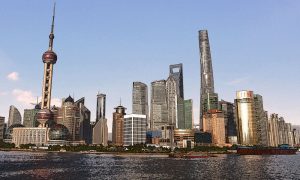
RMB’s march to reserve currency status
Posted on 04/26/2019
This article is sponsored by UBS Asset Management.
When the International Monetary Fund (IMF) announced in 2015 that it would include the Chinese renminbi (RMB) as a reserve currency in its Special Drawing Rights (SDR) basket the following year, it raised expectations that the RMB could establish itself as a reserve currency relatively quickly.
That expectation was apparent in the 2015 UBS Reserve Management Survey, when more than 70 percent of respondents indicated that they were invested or had considered investing in the RMB. Three years later, according to official data from the IMF, the RMB represents 1.2 percent of global reserves, less than the Canadian and Australian dollars and well below the share of leading reserve currencies such as the dollar and the euro. In addition, the use of the RMB in international payments has not picked up. The march of the RMB to establish itself as a reserve currency appears to be slower than expected.
In mid-2018, the Global Sovereign Markets team at UBS Asset Management decided it was time for a reality check on the RMB’s past, present and future role as a reserve currency. Which factors are slowing down the allocation of global reserves to RMB-denominated assets? How and why do central banks invest into RMB assets? What is the medium-to-long term outlook for the rise of the RMB towards a level of 10 percent of global reserves?
In order to answer these questions, we looked at the most recent statistics on the use of the RMB, and we also conducted interviews with several central banks in the first months of 2018 to ask for detailed feedback on their current and future RMB holdings. The results of our research are summarized in this report.
VIEW REPORT
Disclaimer
By clicking on the link to view the report, you acknowledge you are an institutional investor or other accredited investor.
